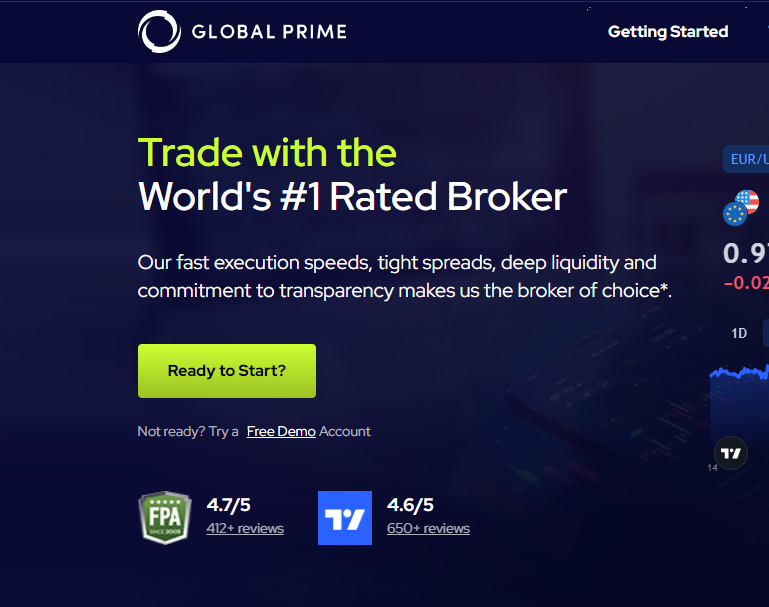Trading Strategies vs Hedging – An In-depth Post
As a Trader or Investor in the financial markets, “Trading Strategies” and “Hedging” are two important terms to be familiar with.
Trading strategies involve making informed decisions on when to buy or sell an asset to generate profits, while Hedging is like buying insurance for your financial investments. Just like how you buy insurance to protect your car or home against damages, you can use hedging to protect your investments from potential losses due to market changes.
In this blog post, we’ll highlight:
- What a trading strategy is,
- Popular trading strategies,
- What Hedging means,
- Popular hedging strategies,
- Trading strategies vs hedging, and
- How trading strategies and hedging can complement each other.
Trading Strategies
What Is a Trading Strategy?
A trading strategy is a set of rules or guidelines used by traders to make decisions about buying, selling, or holding assets. It is a systematic approach to trading that is based on a trader’s analysis of the market, including technical, fundamental, and/or quantitative factors.
Trading strategies can be used for any financial asset, including stocks, bonds, currencies, commodities, and derivatives. They can range from simple to complex and can be based on a variety of different approaches, such as trend following, momentum trading, value investing, or quantitative analysis.
The ultimate goal of a trading strategy is to maximize profits while managing risks.
How Do Trading Strategies Work?
Trading strategies work by providing traders with a set of rules or guidelines that they follow when making trading decisions. These rules are usually based on a trader’s analysis of the market, including technical, fundamental, and/or quantitative factors.
The key components of a trading strategy may include:
1. Entry and Exit Criteria – The specific conditions under which a trader will enter and exit a trade.
2. Risk management – The amount of risk a trader is willing to take on each trade, as well as how to manage risk during a trade.
3. Position Sizing – How much capital a trader will allocate to each trade.
4. Time Frame – The duration for which a trader will hold a position.
5. Market Conditions – The market conditions that must be present for a trade to be executed.
6. Trading Style – The trading approach a trader will take, such as trend following, momentum trading, or value investing.
Once a trader has developed and implemented a trading strategy, they will use it to make decisions about buying, selling, or holding assets based on the specific conditions outlined in their strategy.
Types of Trading Strategies
1. Trend-following Strategy
This strategy aims to identify and follow the direction of a market trend, buying an asset when its price is rising, and selling it when its price is falling.
2. Mean Reversion Strategy
A Mean reversion strategy aims to capitalize on assets that have deviated from their long-term averages, buying them when they are oversold and selling them when they are overbought.
3. Breakout Strategy
This strategy identifies assets that are breaking out of their trading ranges, buying them when they break above resistance levels and selling them when they fall below support levels.
4. Momentum Strategy
Momentum Strategy focuses on assets that have shown strong performance in the recent past and takes a position in the expectation that the trend will continue.
5. Scalping Strategy
This strategy aims to make small profits by trading frequently within short time frames, taking advantage of small price movements in assets.
6. Position Trading Strategy
Position trading involves taking a long-term view of an asset, holding it for weeks or months, and aiming to profit from significant price movements.
7. Algorithmic Trading Strategies
These strategies use computer algorithms to identify and execute trades automatically. They can be based on specific criteria such as technical indicators, news events, or market trends.
Continue Reading: Types of Trading Strategies & the Pros & Cons Of Each
Hedging
What is Hedging in Trading (Explained to a 10-year-Old)
Hedging is like buying insurance for your financial investments. Just like how you buy insurance to protect your car or home against damages, you can use hedging to protect your investments from potential losses due to market changes.
For example, let’s say you own a stock in a company and you’re worried that the stock price may go down in the future. To protect yourself against potential losses, you can buy a different type of investment (like a put option) that will make money if the stock price goes down. This way, even if the stock price falls, you’ll still make money from the investment you bought as a hedge.
Hedging can be used in various financial markets, including stocks, bonds, commodities, and currencies. For example, a company that exports goods may use hedging to protect against currency fluctuations, while an investor may use hedging to protect their portfolio against market downturns.
Types of Hedging
1. Forward Contract Hedging
In this type of hedging, a buyer and seller enter into a contract to exchange an asset at a specified price on a future date. This type of hedging is commonly used to manage currency and commodity price risks.
2. Futures Contract Hedging
Similar to forward contracts, futures contracts involve buying or selling an asset at a specified price on a future date. However, futures contracts are traded on exchanges, making them more liquid and easier to buy and sell than forward contracts.
3. Options Contract Hedging
Options contracts give the holder the right, but not the obligation, to buy or sell an asset at a specified price on or before a certain date. Such contracts can be used to hedge against potential losses while also allowing for potential gains if the price moves in the desired direction.
4. Swap Contract Hedging
Swap contracts involve exchanging cash flows based on different financial instruments, such as interest rates or currencies. This type of hedging is commonly used by companies to manage interest rate risks on debt or to hedge currency exposure.
5. Cross Hedging
Cross-hedging involves using a financial instrument that is not directly related to the underlying asset being hedged but has a high degree of correlation with it. For example, an investor may use an S&P 500 futures contract to hedge a portfolio of individual stocks that are highly correlated with the S&P 500.
6. Natural Hedging
Natural hedging involves managing risk by matching the cash flows of assets and liabilities. For example, a company that has a large amount of debt denominated in a foreign currency may choose to invest in assets denominated in that same currency to minimize the risk of currency fluctuations.
7. Tactical Hedging
Tactical hedging involves making short-term trades to manage risks associated with market volatility or other short-term events. This type of hedging is often used by traders to manage risk while pursuing short-term gains.
Differences Between Trading Strategies vs Hedging
Trading Strategies vs Hedging
1. Purpose
The main purpose of trading strategies is to generate profits by taking advantage of market opportunities. Meanwhile, the main purpose of hedging is to manage risk and protect against potential losses caused by adverse market conditions.
2. Approach
Trading strategies involve analyzing market data and making informed decisions on when to buy or sell an asset to generate profits. Hedging involves taking an offsetting position in an asset to reduce or eliminate the risk of loss from price fluctuations.
3. Time Horizon
Trading strategies are typically focused on short-term market movements and are designed to generate profits over the short to medium term. In contrast, hedging is focused on managing risks over the long term.
4. Risk vs. Reward
Trading strategies involve taking on risk to generate potential rewards, while hedging involves reducing or eliminating risk at the expense of potential rewards.
5. Tradable Assets
Trading strategies often involve the use of financial derivatives such as options, futures, and swaps. Hedging strategies typically involve taking offsetting positions in underlying assets.
How Trading Strategies and Hedging Complement Each Other
While trading strategies and hedging serve different purposes, they can complement each other and be used together to manage risk and optimize investment returns.
A trader may use a trading strategy to generate profits in a particular market while also using hedging techniques to protect against potential losses caused by adverse market conditions.
Recommended for Next Read
Copy Trading and Trading Signals: Pros and Cons, Which should I use?








